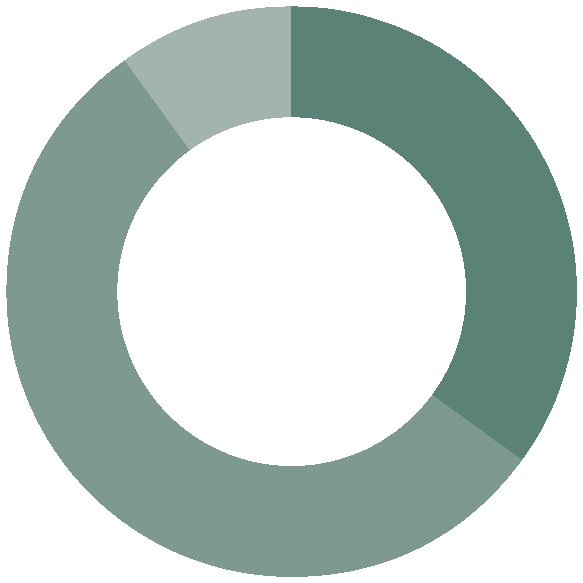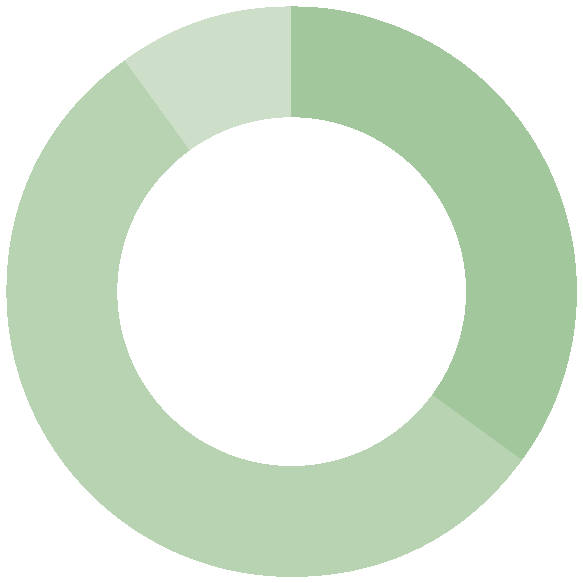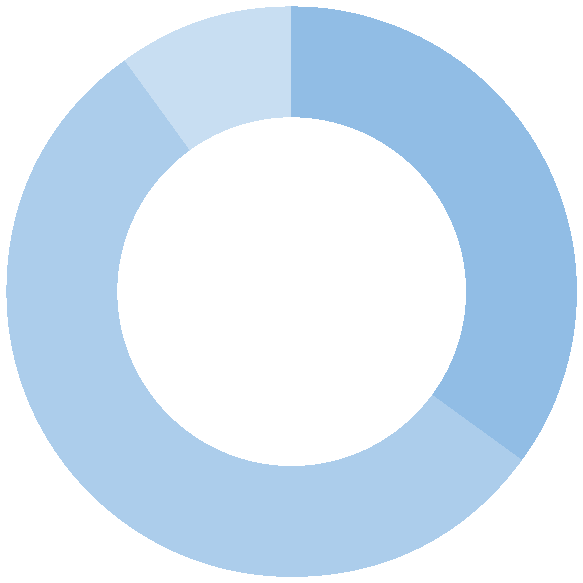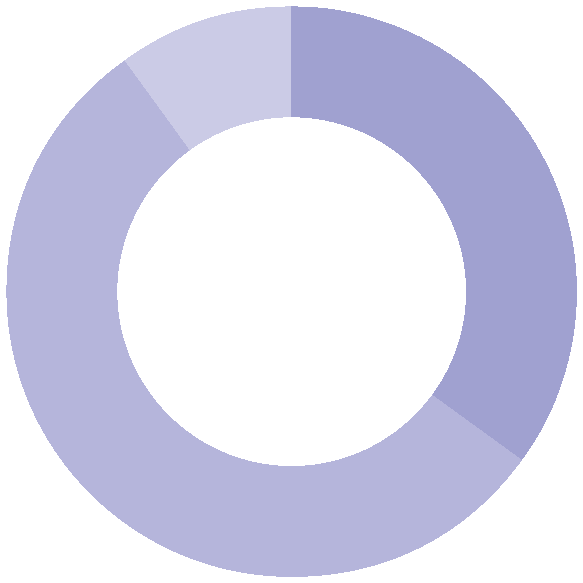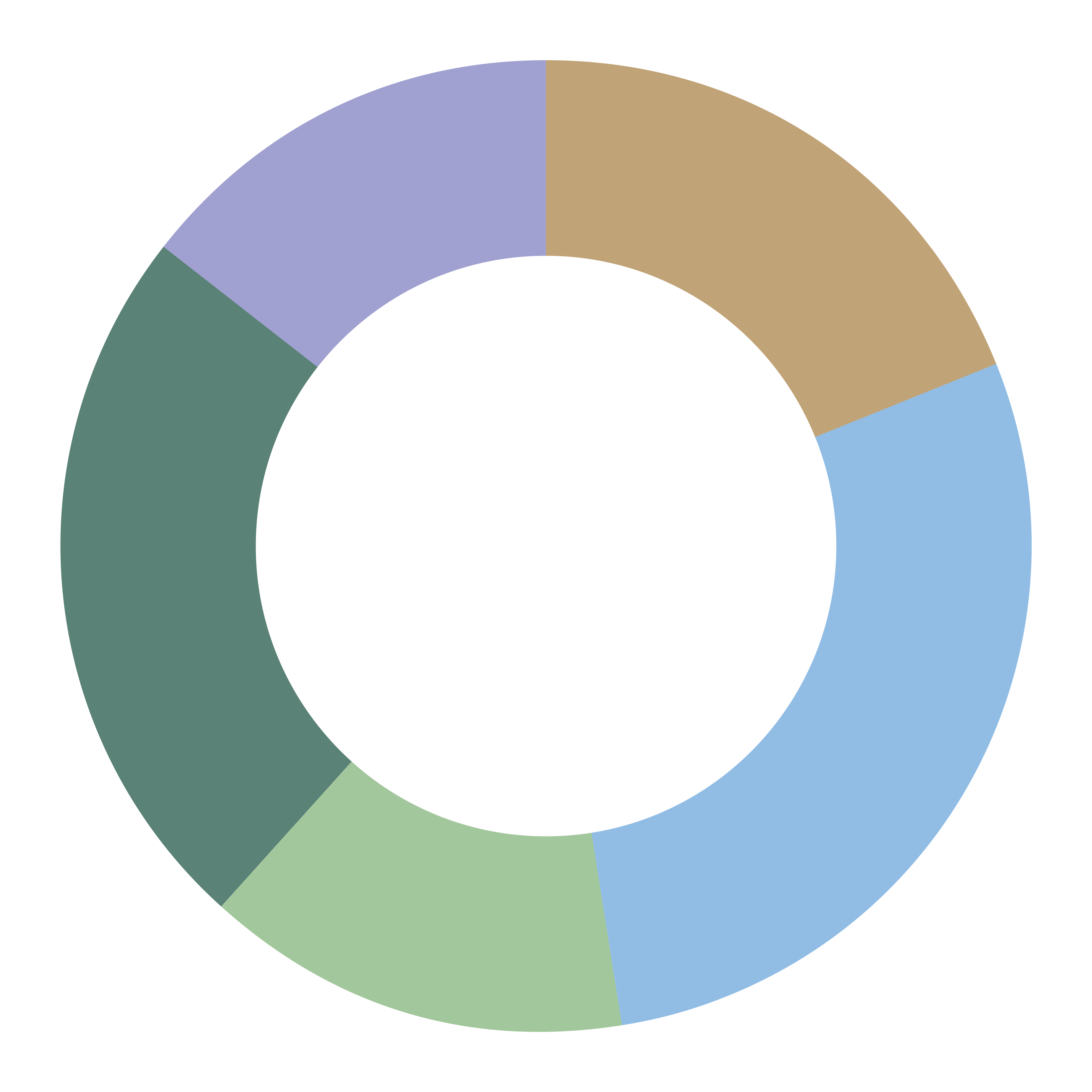-
Overview
The early, most profitable, phase of the investment cycle is now likely past. Mid-cycle still offers opportunities for equity investors but it is fair to say the easy gains have now been had.
1. The US central bank drops a dot bomb
The US Federal Reserve dropped a “dot bomb” at their regular monetary policy meeting in June. The Fed provided the market with an update on their forecasts for growth and inflation as well as an update on where they expect interest rates to be in the future. This is known as the “dot plot” because each of the 18 Fed members gets a dot to place on the graphical plot.
The “dot bomb” was in the shift in rate hike expectations compared to the last dot plot in March. We now have 11 of the 18 members expecting two rate hikes by the end of 2023. This compares with 6 members out of the 18 in March. A significantly greater number of Fed members now expect to begin lifting interest rates earlier than expected.
The reaction in the market was swift. a lift in the USD (a fall in the AUD), a decline in equities, and a decline in bond yields. Essentially the market has started to price in what life is going to be like a year or two from now – where growth will be lower and inflation will be lower. This lower for longer environment is positive for growth biased portfolio’s – tech heavy, and negative for value biased portfolios – those that are heavy in financials and energy.
Chart 1: US 2-year bond yield (%)

Source: Bloomberg
2. The battle of midway
The early phase of this growth cycle has now past. The easy equity wins have been had; yield curves are no longer steepening; and the US dollar is no longer weakening. We believe we are now in mid-cycle characterised by peak stimulus, peak growth, and ultimately peak profit margins. Volatility may rise as the direction of travel for policy settings changes.
Fiscal and monetary policy is gradually pulling back from emergency settings. The Bank of England, the Bank of Canada and now the Reserve Bank of Australia have all tapered the amount of bonds purchased in the open market.
The leading indicator of global manufacturing activity appears to have peaked as export growth slows in countries like South Korea, Taiwan, Vietnam and Malaysia.
Corporate earnings growth will remain strong but can be expected to slow next year as cost pressures begin to rise and a higher US dollar weighs on large cap multinational companies in the US.
Midway through the cycle is still a favourable period for equities. Inflation is proving to be transitory and while some stimulus is being withdrawn, policy still remains very accommodative.
Overall, moving from early to mid-cycle means favouring quality companies and sectors that can withstand the change in the direction of travel for fiscal and monetary policy. For tactical asset allocation, mid-cycle investing tends to lend itself more to relative value opportunities (overweight one market vs underweight another) rather than directional or linear opportunities (overweight one market against cash).
Chart 2: Combined central bank balance sheets of 4 largest economies (% GDP)

Source: Bloomberg
3. China slowdown
Growth in China is slowing. New export orders have rolled over, growth in industrial production has slowed and credit as a share of the economy is now shrinking for the first time since the 2017-19 slowdown.
The Chinese authorities seem to be focussed on two things right now – prevent an overheating of the economy that could lead to inflation and prevent monopolistic practices from their companies that could lead to a rise in inequality.
We sometimes forget that China is not a capitalistic economy. Its leaders have been raised under the Marxist tradition. And under this tradition, inflation should be avoided at all cost because it is seen to lead to social upheaval and insurrection.
So avoiding the inequality gap that now plagues the West and avoiding inflation is key right now.
That means it will slow growth, it will impose heavy fines on companies that seem too monopolistic and it will allow the currency to rise if it means easing inflation pressure for its producers. All of this clouds the investment thesis for investing in China.
Chart 3: China: Credit as % GDP – 12 mth change

Source: Bloomberg
-
Australian Equities


– The Australian equity market’s recovery from the depths of the COVID crisis continued through the June quarter, generating a solid 8.3% return for the three months. The recent positive monthly performance streak extended through to the end of June, with the ASX 200 now rising in the last nine successive months and surpassing its pre-COVID crisis peak of February 2020.
– Domestic economic data was largely positive through the quarter despite the roll-off of some fiscal stimulus measures such as JobKeeper, providing further confidence in the equity market.
– While Australia has performed poorly with regards to its COVID vaccine program, investors were also prepared to look through several short term lockdowns across the states in the belief of a rebound once restrictions are relaxed.
– Equities were again supported by further earnings upgrades across large sections of the market, particularly those with a high level of cyclicality. In particular, this was underpinned by the resources sector on the back of higher commodity prices, despite trailing off towards the end of the quarter.
– The bond market was again a key driver of relative performance across the various manager styles in the Australian market. After a steepening yield curve triggered a sell-off in growth style funds across February and March, this trend subsequently reversed to a degree over the June quarter as long bond yields retreated and the yield curve flattened.
– This provided a much more fruitful environment for managers such as Selector and Bennelong, both of whom generated strong alpha over the quarter. Other large cap managers had more mixed performance, with Martin Currie lagging due to its value style.
– Small caps marginally outperformed large caps for the quarter, though have rebounded much stronger through the recovery phase in the market over the last 12 months.
– The performance of our small cap managers was generally quite strong across the board, with growth-orientated and high conviction funds QVG and Ophir the pick of the bunch.
– Spheria’s performance was commendable given its value style, almost matching the index’s return for the quarter to be well ahead on a rolling 12 month basis.
-
International Equities


– Global equities were up 7.3% in the June quarter after recording a rise of 4.5% in the March quarter.
– For the second consecutive quarter emerging markets underperformed developed markets, with the former rising by 4.4%. The quarter saw some solid gains in the tech-heavy markets in the US (S&P500 up 8.2%, NASDAQ up 9.5%), South Korea (up 7.7%), and Taiwan (up 8.1%). In contrast, the more defensive markets in Europe generated more modest returns – Eurostox up 3.7%, Germany up 3.5%, and the UK up 4.8%.
– Pleasingly, all of our international equity managers generated positive returns in the quarter. Developed market funds outperformed emerging market funds and small cap funds outperformed large cap.
– The best performing fund over the quarter was the WCM International Small Cap Growth Fund, rising by 12.9%. Performance was helped by a 19% jump in one of its largest holdings, Royal Unibrew. Unibrew Royal agreed to buy 100% of Solera Beverage Group to strengthen its beverage distribution network in the Nordic region.
– The second best performing fund over the quarter was Quay Global Real Estate, which rose 12.7%. Most of this performance occurred in May, a particularly strong month for cyclicals. While cyclical stocks underperformed in June the Quay fund still added 4.8% – a testament to the quality of the manager.
– Loftus Peak Global Discovery Fund was also a strong performer over the quarter helped by its position in Roku. The stock rose 52% over the quarter on talk of a take-over by Comcast. Roku is already the US market leader in operating systems for smart TVs, holding a critical position in advertising-funded streaming.
– MFS Concentrated Global Equity Trust added 10.1%. Performance was helped by its holding in Visa which agreed to by Swedish fintech company Tink. Banks and consumer-facing financial startups use Tink’s services to create apps and other tools that let customers manage accounts at different institutions in one place.
– The Australian dollar was down by 1.3% against the USD, but the US dollar was weaker against the euro and British pound. The unhedged versions of our global equities funds outperformed the hedged version. This was the case for MFS Global Equities and the Magellan Global Fund.
– The decline in the USD on a trade-weighted basis was supportive for emerging market funds. The RWC Global EM Fund performed better than the Fidelity Asia Fund given the performance of Chinese equities in the quarter, down 2.8%.
-
Fixed Income


– Government bond yields mostly fell over the quarter helping duration-heavy funds like Legg Mason Western Asset Management and the PIMCO Global Bond Fund generate positive returns. This was despite a higher-than-expected inflation reading out of the US. This suggests bond markets believe inflation is transitionary and will return to lower CPI post spikes from bottlenecks in the supply chains.
– Credit-oriented funds performed well as credit spreads continued to retrace lower. Bentham underperformed other credit funds given its low allocation to interest rate duration imlying it was not able to take advantage of the fall in bond yields.
– Our low risk liquidity manager Realm performed as expected with the High Income Funding adding 1.47% net while the Short-Term Income Fund added 0.55%. The Realm High Income Fund benefited from its slightly higher exposure to credit and interest rate risk than the Short-Term Income Fund.
– The Ardea Real Outcome Fund was down slightly over the quarter. Performance dipped into slight negative territory in the second half of June following the meeting of the US Federal Reserve and the revelation that monetary stimulus may be withdrawn earlier than the market previously expected. Following the meeting on June 17, bond yields fell as the market began to price in a lower growth environment with lower levels of inflation.
-
Alternatives


– Equity long short hedge fund managers benefited from the broad gains in equity markets across the world during the quarter as inflation expectations cooled and interest rates fell. Growth focused hedge funds gained most from factor rotations back toward early stage companies with strong forward looking earnings expectations that are ahead of broad market earnings forecasts.
– Munro Global Growth increased their gross exposure and net long exposure as the quarter developed and inflation worries faded. The fund finished up 4.0% with strong returns for Nvidia in the high performance computing space as well as digital payments giant PayPal and ecommerce food retailing company HelloFresh.
– Private equity (PE) markets continued to benefit from increased activity in the first half of 2021 as elevated public market valuations and record amounts of dry powder provided fertile ground for both deal flow and exits in H1 2021.
– Our private equity managers posted very strong returns for the three month period ending May ’21 benefiting from these favourable market conditions and realised sales on portfolio companies during the period. Partners Group added 8.4% with the sale of digital engineering firm GlobalLogic for 4.75 times initial purchase price two years ago contributing to this. Hamilton Lane gained 7.2% with the merger of portfolio company Tech Data Corp with publicly listed Synnex resulting in a significant markup of 84% on announcement of the deal.
– In the private debt space, Merricks Partners Fund added 2.2% in the June-21 quarter as loans in the hotel, residential and agriculture space were fully repaid. Additional funds were deployed in the office and agriculture industries during the quarter. Agriculture continues to see strong tailwinds from high production levels for many crops and increasing prices for the livestock and milk sectors. As a result of the robust pipeline of opportunities and a strong medium term outlook for the agriculture sector, Merricks Capital recently launched the Merricks Agriculture Credit Fund to capitalise on a lack of non-bank competition in the space.
– In direct property, the Barwon Healthcare Property Fund added 10.1% for FY21 with an income return of 6% and capital return of 4%. The healthcare property sector has highlighted its resilience over the past twelve months as capitalisation rates continue to tighten in the sector acting as a tailwind for valuations and income returns have remained stable. In the direct office space, Charter Hall Direct Office Fund posted strong returns for the year benefitting from its focus on A-grade office buildings in prime CBD locations with long weighted average lease expiry (WALE) and strong tenant profile.



